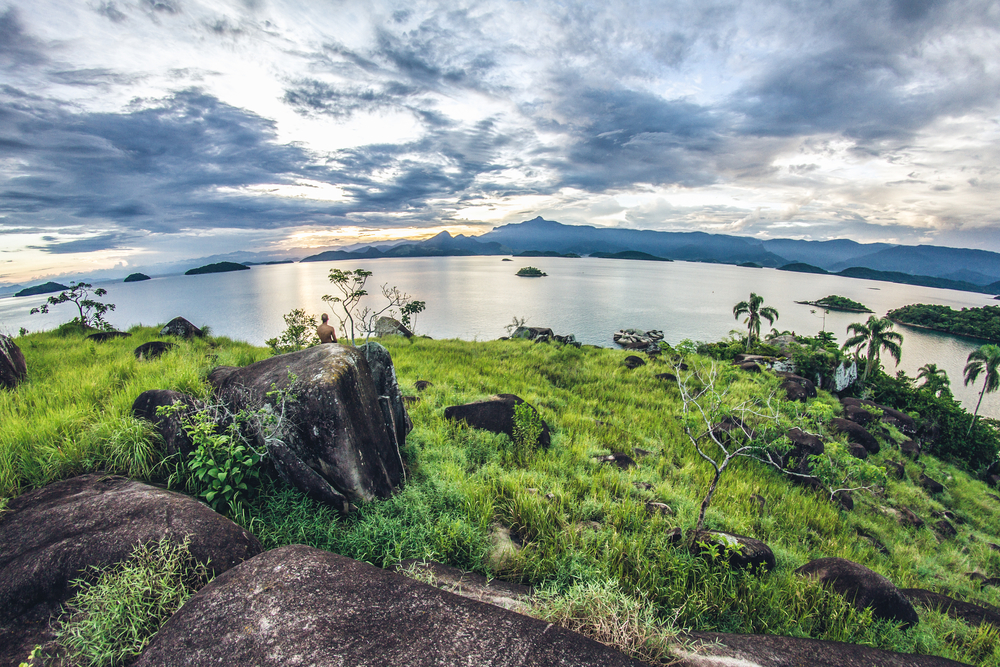
With their unique plants, animals, insects and microorganisms, rainforests are the jewels of the Earth, providing us with oxygen and plant-derived medicines. Plus of course all that greenery is a magnificent sight to behold and a marvel to experience.
Monteverde Cloud Forest Reserve
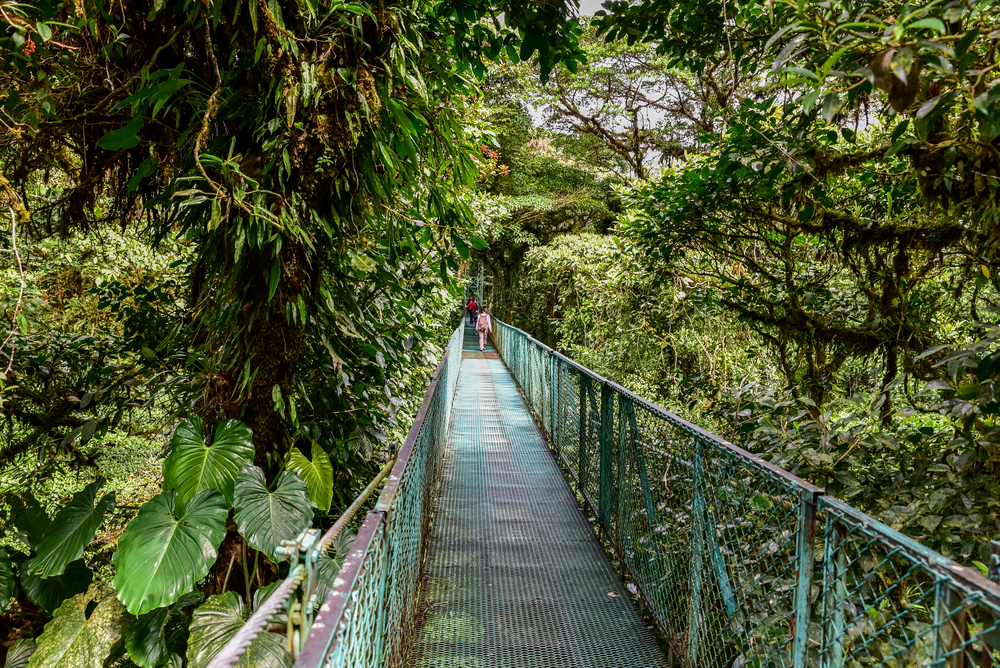
Named after a nearby town, this reserve is located along the Cordillera de Tilarán mountain range within the Puntarenas and Alajuela provinces in Costa Rica. It possesses over 105 km2 of cloud forest, with six ecological zones. An impressive 90 percent is virgin forest and over 2,500 plant species, 100 types of mammals, 400 different birds and 120 reptilian and amphibian provide extremely high biodiversity.
The Amazon
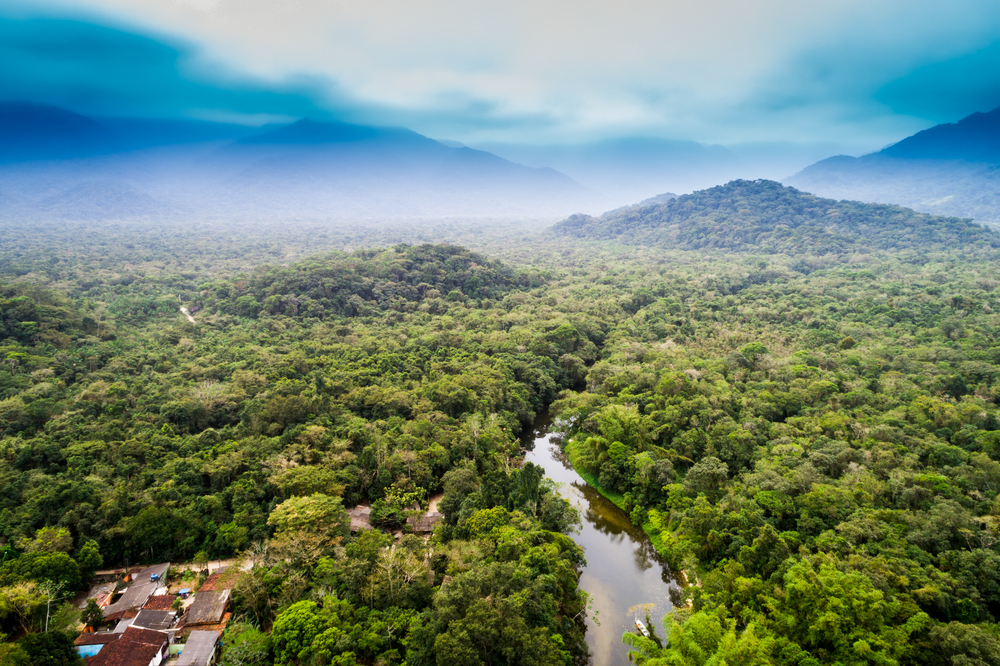
Also known as Amazonia or the Amazon Jungle, the largest jungle in the world makes up most of the Amazon Basin of South America and spreads through nine nations, with 60 percent of it in Brazil. The moist broadleaf forest is covered by 5,500,000 km2 of rainforest, representing over half of the planet's remaining rainforests. What’s more this natural marvel houses the largest and most bio-diverse tract of tropical rainforest in the world.
The Daintree Rainforest
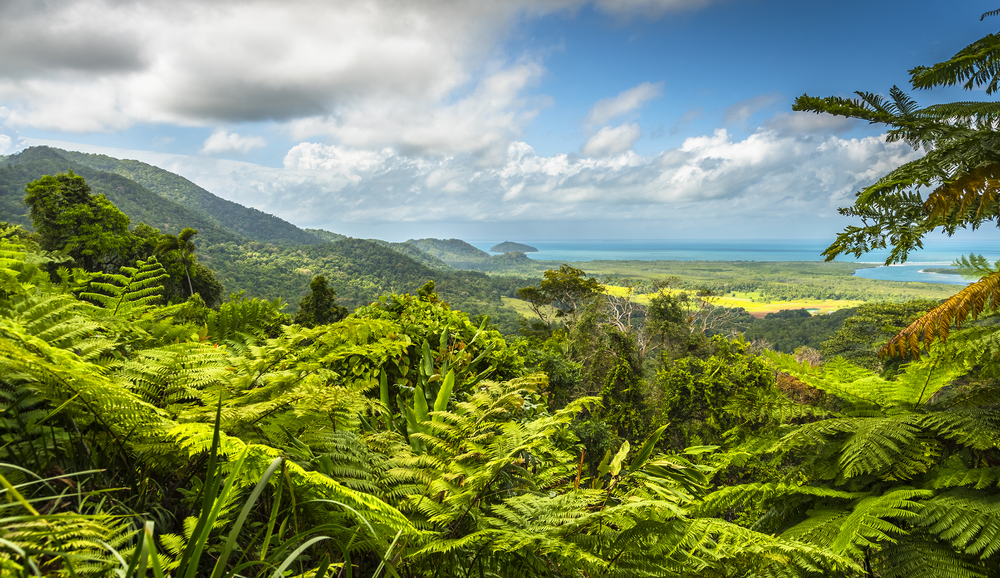
This tropical rainforest on the north east coast of Queensland is around 12,000 km2, making it the largest continuous area of tropical rainforest on the Australian continent. The rainforest, named after Richard Daintree, includes the Daintree National Park, some areas of State Forest and some privately-owned land. It houses 30 percent of the frog, reptile and marsupial species in Australia and 65 percent of the country’s bat and butterfly species. Additionally, over 12,000 types of insects can be found there.
Kinabalu Park
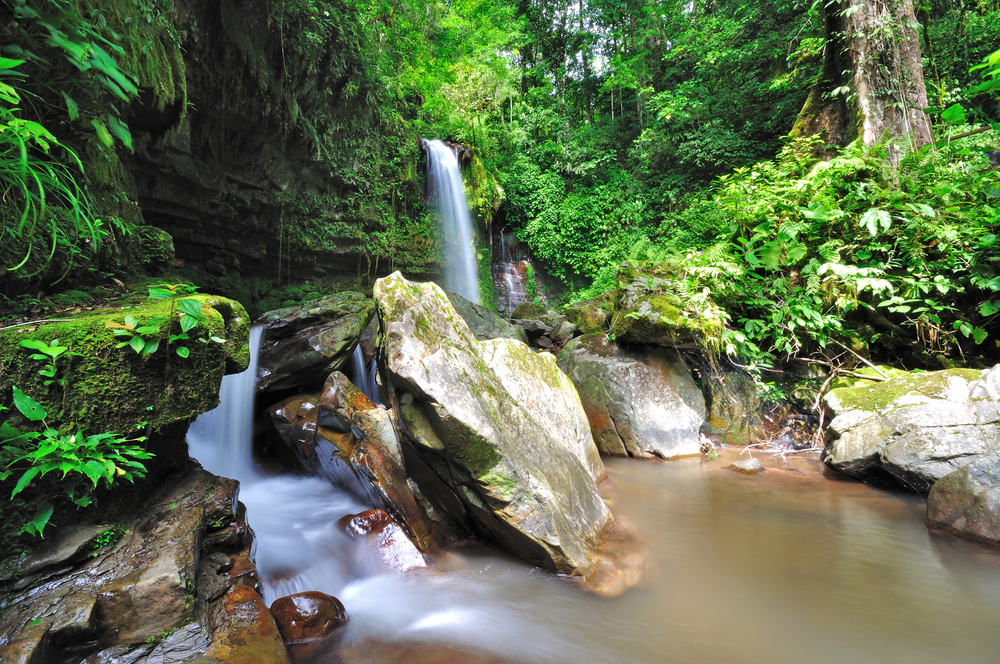
Established as one of Malaysia’s first national parks in 1964, Kinabalu Park is the country’s first World Heritage Site,UNESCO designated it for its "outstanding universal values". With over 4,500 species of flora and fauna, including 326 bird and around 100 mammal species, the park is one of the most important biological sites in the world. Located on the west coast of Sabah, one of Malaysia’s most popular tourist spots covers an area of 754 km2, which surrounds Mount Kinabalu.
Sinharaja Forest Reserve
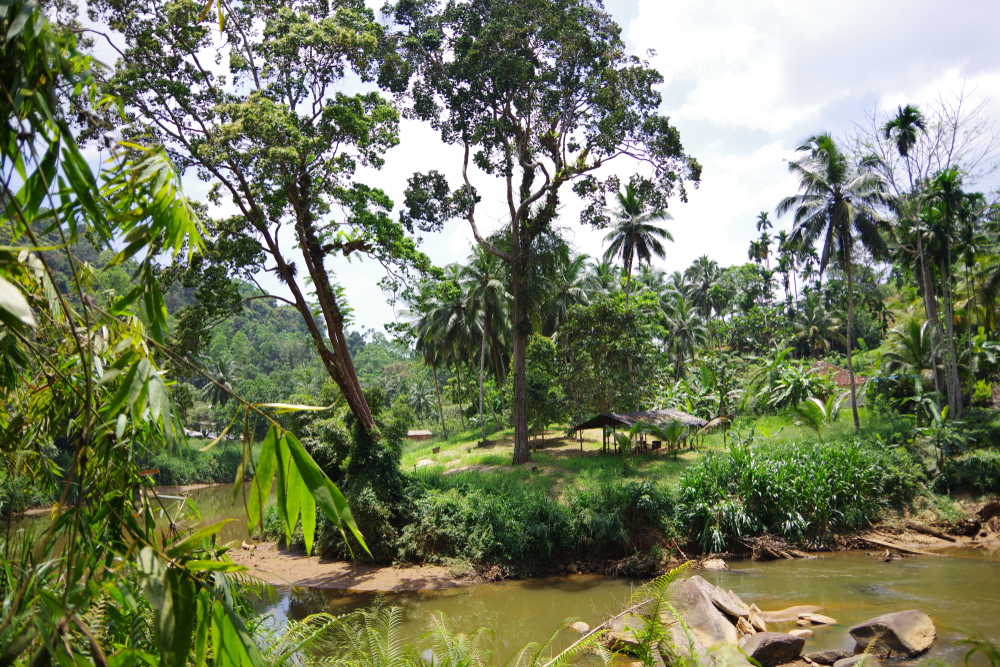
Voted a World Biosphere Reserve in 1978 and a World Heritage Site in 1988, this Sri Lankan hilly, virgin rainforest is small but has big, international significance. It covers only 21 km from east to west and a maximum of 7 km from north to south, but it is a treasure trove of endemic species, including trees, insects, amphibians, reptiles, birds and mammals. The national park and biodiversity hotspot is part of Sri Lanka’s lowland rain forests ecoregion.
Valdivian Temperate Rainforests
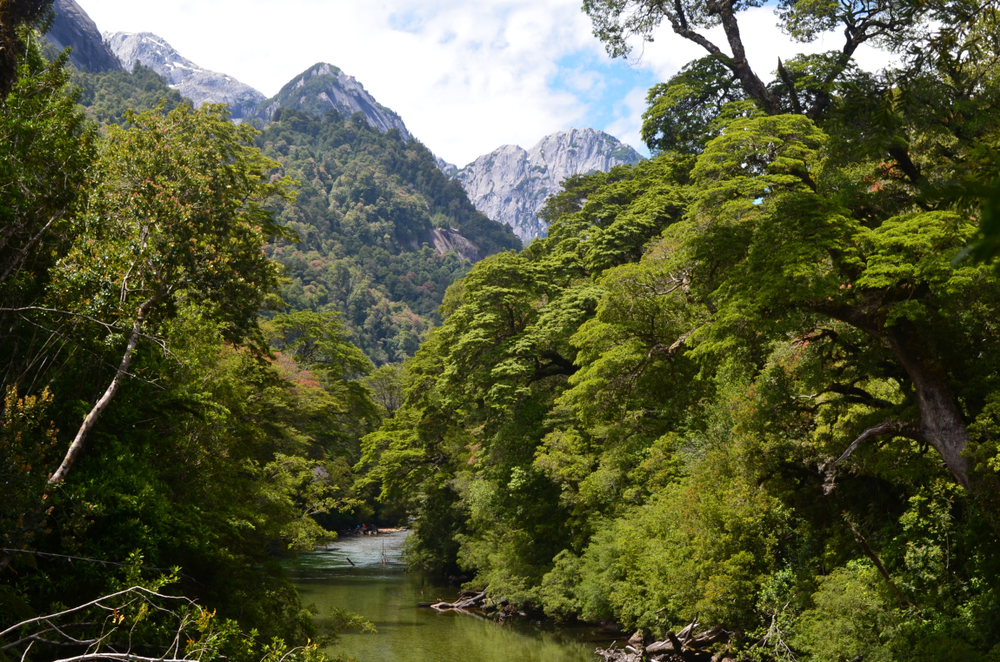
This temperate broadleaf and mixed-forest ecoregion is spread over an area of about 248,100 km2. Located on the west coast of southern South America, most of it lies in Chile, extending a bit into Argentina. While evergreen angiosperm trees mostly dominate it, bamboos, conifer trees and ferns also typify this Neotropic ecozone named after the city of Valdivia.
The Congo rainforests
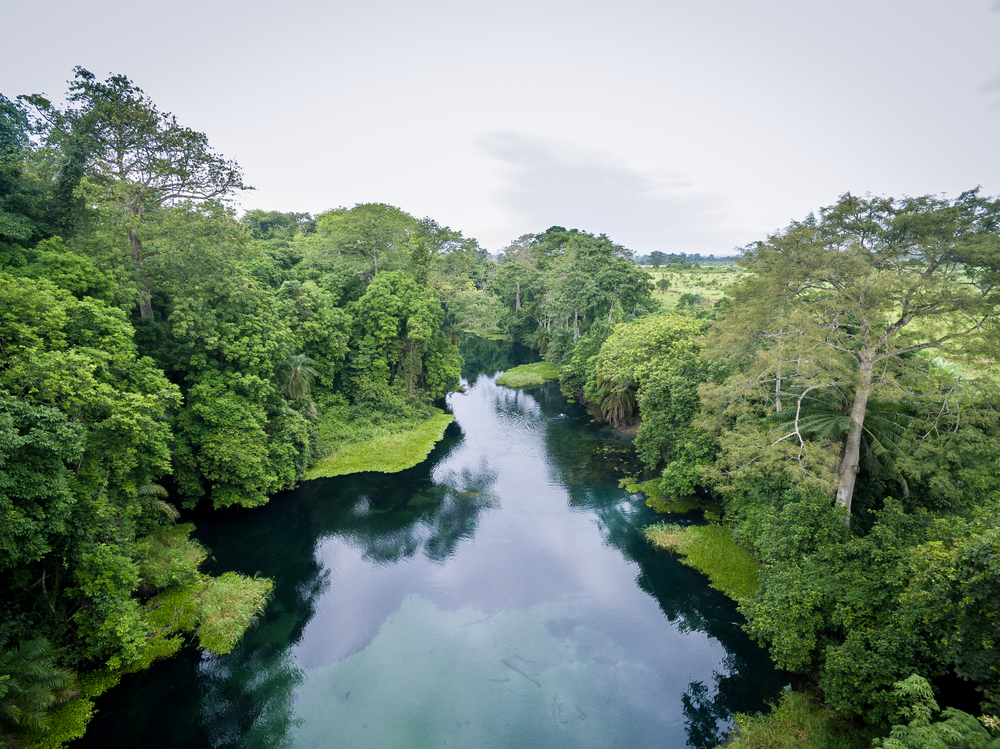
Central Africa boasts the second largest tropical forest in the entire world. Spanning 1,800,000 km2, the Congo Rainforests cover a bigger part of Northern Congo and cross over six countries. Many precious species, including the pygmy chimpanzee that can only be found there, are inhabitants. Thankfully, the region that covers quarter of the world’s remaining tropical rainforest has a very low deforestation rate.

















